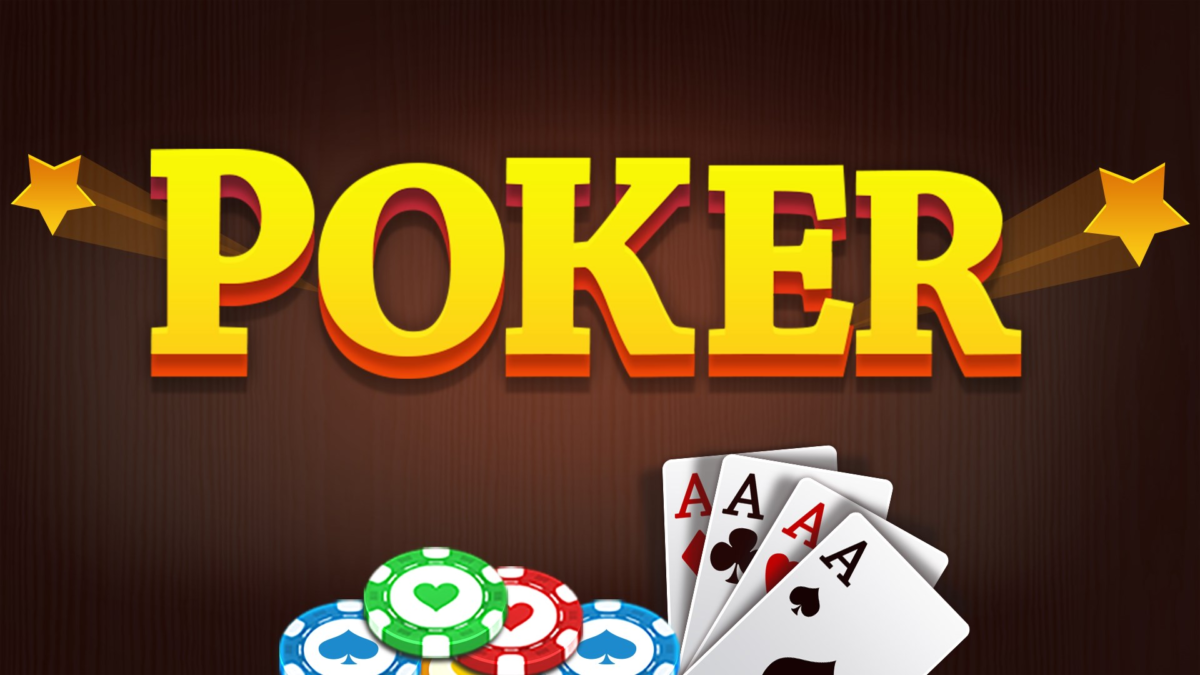If you have visited a casino, there are good chances that you have seen or even played with a video poker machine. Video poker first became commercially viable when it became economical to combine a television-like monitor with a solid state central processing unit. The earliest models appeared at the same time as the first personal computers were created, in the mid-1970s, although they were rather primitive by modern standards.
Video poker became more firmly established when SIRCOMA, which stood for Si Redd’s Coin Machines, and which evolved over time to become International Game Technology introduced Draw Poker in 1979. Throughout the 1980s, video poker became increasingly popular in casinos, as people found the devices less intimidating than playing table games. Today, video poker enjoys a prominent place on the gaming floors of many casinos. The game is especially popular with Las Vegas locals, who tend to patronize locals casinos off the Las Vegas Strip. These local casinos often offer lower denomination machines or better odds, although this was more common in the 1990s as casinos across the country have recently been cutting their paytables and/or only offering 25 cent machines or higher domino plus.
Game play begins by a player placing a bet of one or more credits, by inserting money (or in newer machines, a bar-coded paper ticket with credit) into the machine, and then pressing a “Deal” button to draw cards. The player is then given an opportunity to keep or discard one or more of the cards in exchange for a new card drawn from the same virtual deck. After the draw, the machine evaluates the hand and offers a payout if the hand match one of the winning hands in the posted pay schedule.
On a classical video poker machine, payouts start with a minimum hand of a pair of jacks. Pay tables allocate the payout for hands based partially upon how rare they are, and also based upon the total theoretical return the game operator chooses to offer.
Some machines offer progressive jackpots for the royal flush, (and sometimes for other rare hands as well), thereby spurring players to both play more coins and to play more frequently.
Video poker machines operated in state-regulated jurisdictions are programmed to deal random card sequences. A series of cards is generated for each play; five dealt straight to the hand, the other five dealt in order if requested by player. This is based upon a Nevada regulation, adopted by most other states with a gaming authority, which requires dice and cards used in an electronic game to be as random as the real thing, within computational limits set by the gaming authority. Video poker machines are tested to ensure compliance with this requirement before they may be offered to the public. Video poker games in Nevada are required to simulate a 52 card deck (or a 53 card deck if using a joker).
It is unclear whether all video poker machines at Indian gaming establishments are subject to the same Nevada-style regulations, as Indian casinos are located on reservations that are sovereign to the tribe which holds the gaming license.
Newer versions of the software no longer deal out all 10 cards at once. They now deal out the first five cards, and then when the draw button is pressed, they generate a second set of cards based on the remaining 47 cards in the deck. This was done after players found a way to reverse engineer a random number generator’s cycle from sample hands and were able to predict the hidden cards in advance.
Types of video poker game
Newer video poker machines may employ variants of the basic five-card draw. Typical variations include Deuces Wild, where a two serves as a wild card and a jackpot is paid for four deuces or a natural royal; pay schedule modification, where four aces with a five or smaller kicker pays an enhanced amount (these games usually have some adjective in the title such as “bonus”, “double”, or “triple”); and multi-play poker, where the player starts with a base hand of five cards, and each additional played hand draws from a different set of cards with the base hand removed. (Multi-play games are offered in “Triple Play”, “Five Play”, “Ten Play”, “Fifty Play” and even “One Hundred Play” versions.)
In the non-wild games (games which do not have a wild card) a player who plays five or six hundred hands per hour, on average, may receive the rare four-of-a-kind approximately once per hour, while a player may play for many days or weeks before receiving an extremely rare royal flush. Just similar any poker game, you are advised to take some time to study the hand dealt by the video poker machine before you act. Enjoy!
Related posts
Tags
| M | T | W | T | F | S | S |
|---|---|---|---|---|---|---|
| 1 | 2 | 3 | 4 | |||
| 5 | 6 | 7 | 8 | 9 | 10 | 11 |
| 12 | 13 | 14 | 15 | 16 | 17 | 18 |
| 19 | 20 | 21 | 22 | 23 | 24 | 25 |
| 26 | 27 | 28 | 29 | 30 | 31 | |

